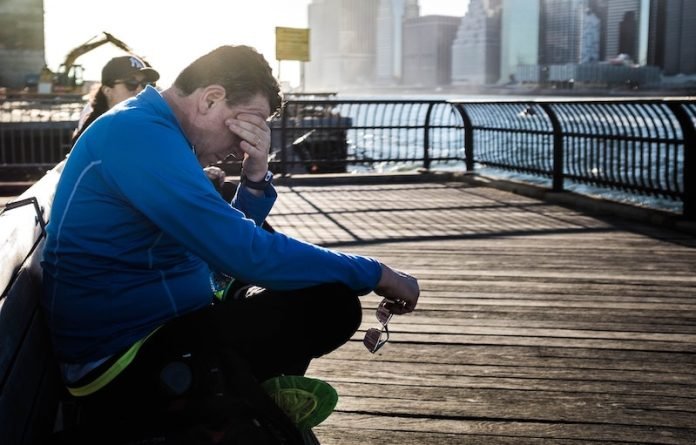
The link between symptoms of COVID-19 and physical inactivity is increasingly evident.
A new study by researchers at the University of São Paulo found that COVID-19 survivors with at least one persistent symptom of the disease were 57% more likely to be physically inactive.
Furthermore, the presence of five or more post-acute sequelae of infection by COVID-19 increased the risk of physical inactivity by 138%.
Long COVID is usually characterized as a syndrome involving symptoms that persist for at least two months after the coronavirus infection has resolved and that cannot be explained by other health problems.
Early reports showed that around three out of every four patients hospitalized because of COVID-19 had at least one persistent symptom six months after discharge.
In the current study, the researchers analyzed data from 614 survivors of COVID-19 with an average age of 56.
Participants were classified as physically inactive if they reported less than 150 minutes of at least moderately intense exercise per week, in accordance with World Health Organization (WHO) guidelines.
The researchers found that the presence of at least one persistent symptom was associated with 57% higher odds of physical inactivity.
This means T=the more symptoms, the higher the likelihood of physical inactivity. When five or more symptoms were reported, the odds of physical activity rose 138%.
Certain sequelae associated with long COVID correlated very closely with physical inactivity. The highest correlations were with breathlessness (132%) and fatigue (101%).
The team also believes, based on other research, that sedentarism may theoretically heighten the risk of long COVID.
A study conducted in 2021 and also led by him found that hospitalized COVID-19 patients with more muscle strength and mass (hence probably less sedentary) tended to stay in the hospital for less time.
In a later study, the same researchers found that patients who lost more muscle mass during hospitalization for COVID-19 were more likely to develop persistent symptoms of the disease, while also pointing to a probable correlation with higher post-acute COVID healthcare costs.
The connection may be a two-way street in which sedentarism favors long COVID and people with long COVID are getting more physically inactive.
If you care about covid and health, please read studies about very strong brain abnormalities post-COVID, and this drug may prevent respiratory and heart damage in COVID-19.
For more information about COVID, please see recent studies about new evidence on rare blood clots after COVID-19 vaccination, and results showing zinc could help reduce COVID-19 infection risk.
The study was conducted by Hamilton Roschel et al and published in Scientific Reports.
Copyright © 2023 Knowridge Science Report. All rights reserved.



